| Size | |
|---|---|
| Common Name | |
| Type | |
| Family | |
| Native? | |
| Zone | 3, 4, 5, 5b, 6, 7, 8, 8b |
| Height Range (ft.) | 15 to 20 |
| Spread (ft.) | 15 to 20 |
| Bloom Time | |
| Bloom Description | flowers, Fragrant, Ribbon-like, Yellow |
| Sun | |
| Water | |
| Maintenance | |
| Suggested Use | Border, naturalized areas, specimen plantings, Woodland Garden |
| Tolerate | |
| Growth Rate | |
| Attracts |
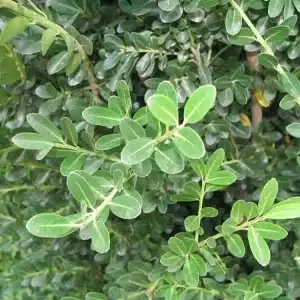
Hamamelis virginiana, or Witchhazel, is a native shrub with fragrant yellow fall blooms, golden foliage, and strong value for woodland and pollinator gardens.
$21.99
Please note: Sizes 1.5 Gallon and up can’t be shipped outside the counties of Nassau, Suffolk, and Queens.
Learn more about how the process works and how our plants are delivered.
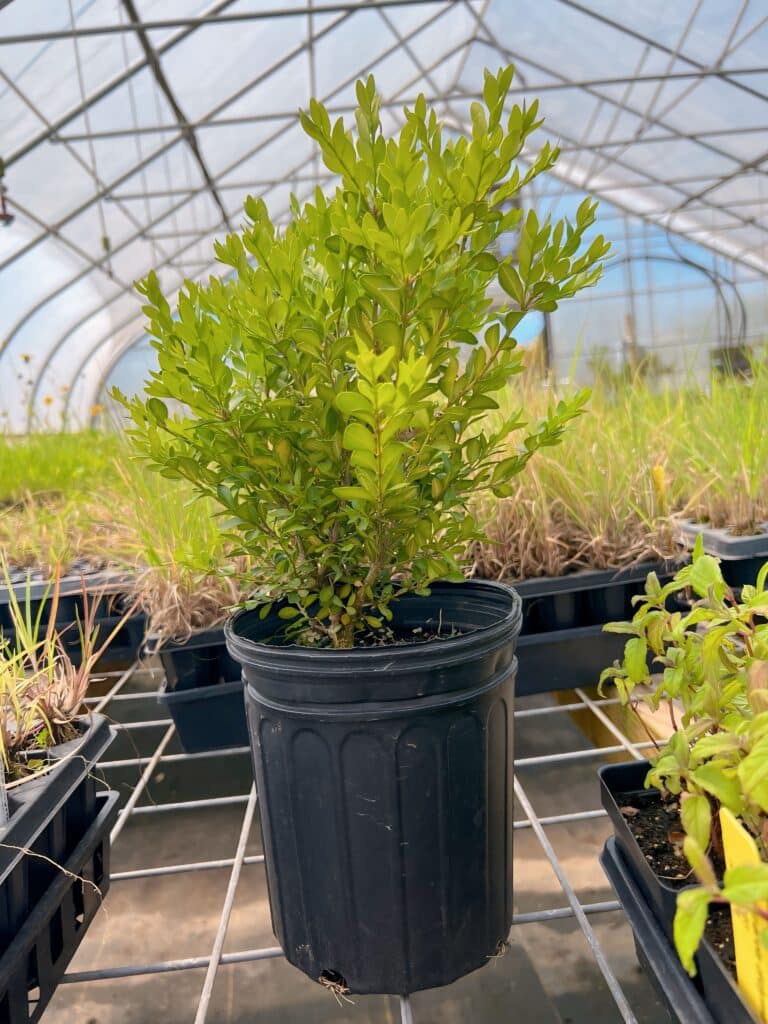

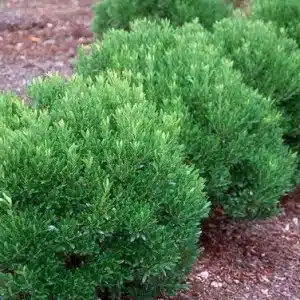
| Size | |
|---|---|
| Common Name | |
| Type | |
| Family | |
| Native? | |
| Zone | 3, 4, 5, 5b, 6, 7, 8, 8b |
| Height Range (ft.) | 15 to 20 |
| Spread (ft.) | 15 to 20 |
| Bloom Time | |
| Bloom Description | flowers, Fragrant, Ribbon-like, Yellow |
| Sun | |
| Water | |
| Maintenance | |
| Suggested Use | Border, naturalized areas, specimen plantings, Woodland Garden |
| Tolerate | |
| Growth Rate | |
| Attracts |
Hamamelis virginiana, commonly known as Witchhazel, is a unique and hardy native shrub or small tree known for its bright yellow, ribbon-like flowers that bloom in late fall—often after most other plants have gone dormant. Reaching 15 to 20 feet tall and wide, this broad, vase-shaped shrub features green summer foliage that turns golden in autumn, followed by its signature fragrant blooms. Witchhazel thrives in part shade and moist, well-drained soils, making it an excellent choice for woodland borders, naturalized plantings, or native shade gardens.
Rare fall blooms: Bright yellow flowers appear in late fall, adding unexpected seasonal color
Native structure: Large shrub or small tree provides shelter and multi-season interest
Low-maintenance beauty: Tolerates shade, deer, and a range of soil conditions
Sun exposure: Prefers part shade but will tolerate full sun with consistent moisture
Soil needs: Moist, well-drained, slightly acidic soil; adaptable to clay and sandy soils
Maintenance: Minimal; prune in late winter or after flowering to shape if needed
Woodland borders: Naturally suited to the understory of native or shaded gardens
Pollinator gardens: Offers late-season nectar when few other plants are blooming
Multi-season beds: Combine with spring and summer bloomers for year-round color
Native species: Provides late-season nectar for bees and other pollinators
Habitat value: Offers shelter and structure for birds and beneficial insects
Natural pest resistance: Typically unbothered by deer and pests
/5
Total reviews
|
|
Persons recommended this product
Anonymous
Shopper
check_circle Verified
Shop owner replied
Was this helpful
Anonymous
Shopper
check_circle Verified
Shop owner replied
Was this helpful
Your feedback helps us improve our service.
There are no reviews yet.
Be the first to review “ ”
Please log in to submit a review.
Only logged in customers who have purchased this product may leave a review
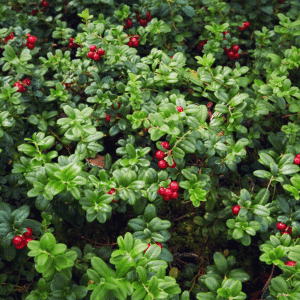
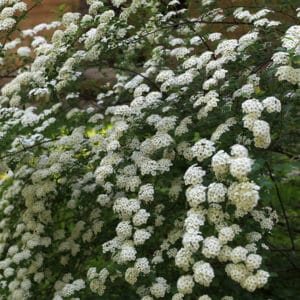

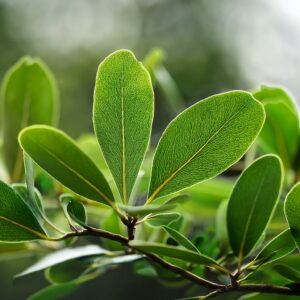
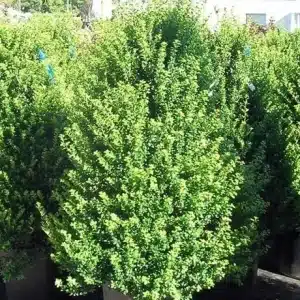

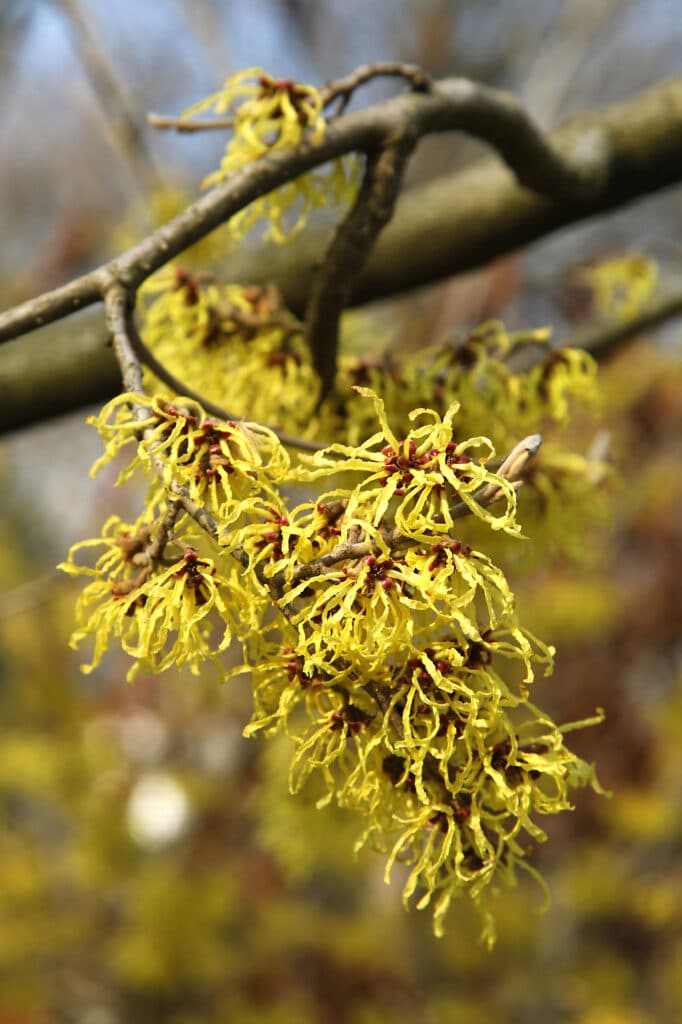
Witchhazel thrives in partial shade to full sun and prefers moist, well-drained, slightly acidic soil. It naturally grows in woodland edges and understories, so it adapts well to shade gardens, mixed borders, or naturalized settings. Once established, it is tolerant of dry spells.
Hamamelis virginiana typically grows 15–20 feet tall and wide, forming a large, spreading shrub or small tree with a graceful, vase-like shape. It works well as a specimen plant, woodland backdrop, or native screen.
Uniquely, Witchhazel blooms in late fall (October to November), after most other plants have gone dormant. Its bright yellow, ribbon-like flowers often appear while the golden fall foliage is still on the plant, creating a stunning seasonal effect.
Yes—Witchhazel provides nectar for late-season pollinators, including moths and native bees that are still active in fall. Its dense branching offers shelter for birds, and the plant’s seeds are occasionally eaten by wildlife.
Witchhazel is considered moderately deer-resistant. While deer may browse young plants, mature shrubs are seldom heavily damaged, and its aromatic, astringent bark and leaves help deter browsing.
Our gift cards make it easy to share the beauty of plants, flowers, and all things green. Whether for a special occasion or just because, give the gift of choice and let them select their favorites to create a garden they’ll cherish.
BUYING HIGH QUALITY PLANTS HAS NEVER BEEN EASIER
Our plants are easy to order, plant, and enjoy! Bringing pollinators to your property improves vegetable yields – Feed the bees!
Sign up for our email list!
Copyright © 2025 Bumbee’s | Web design and SEO by Searles Graphics